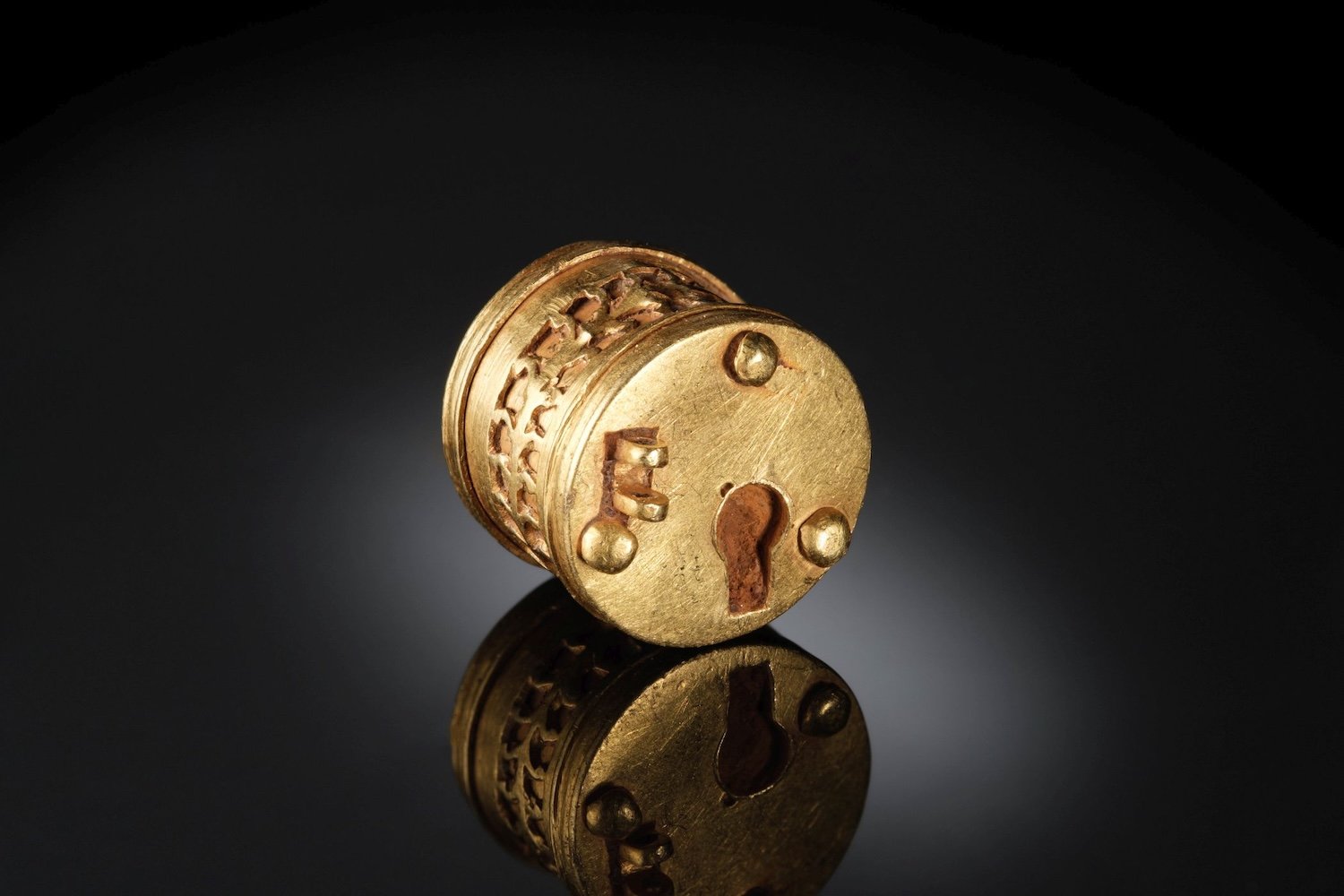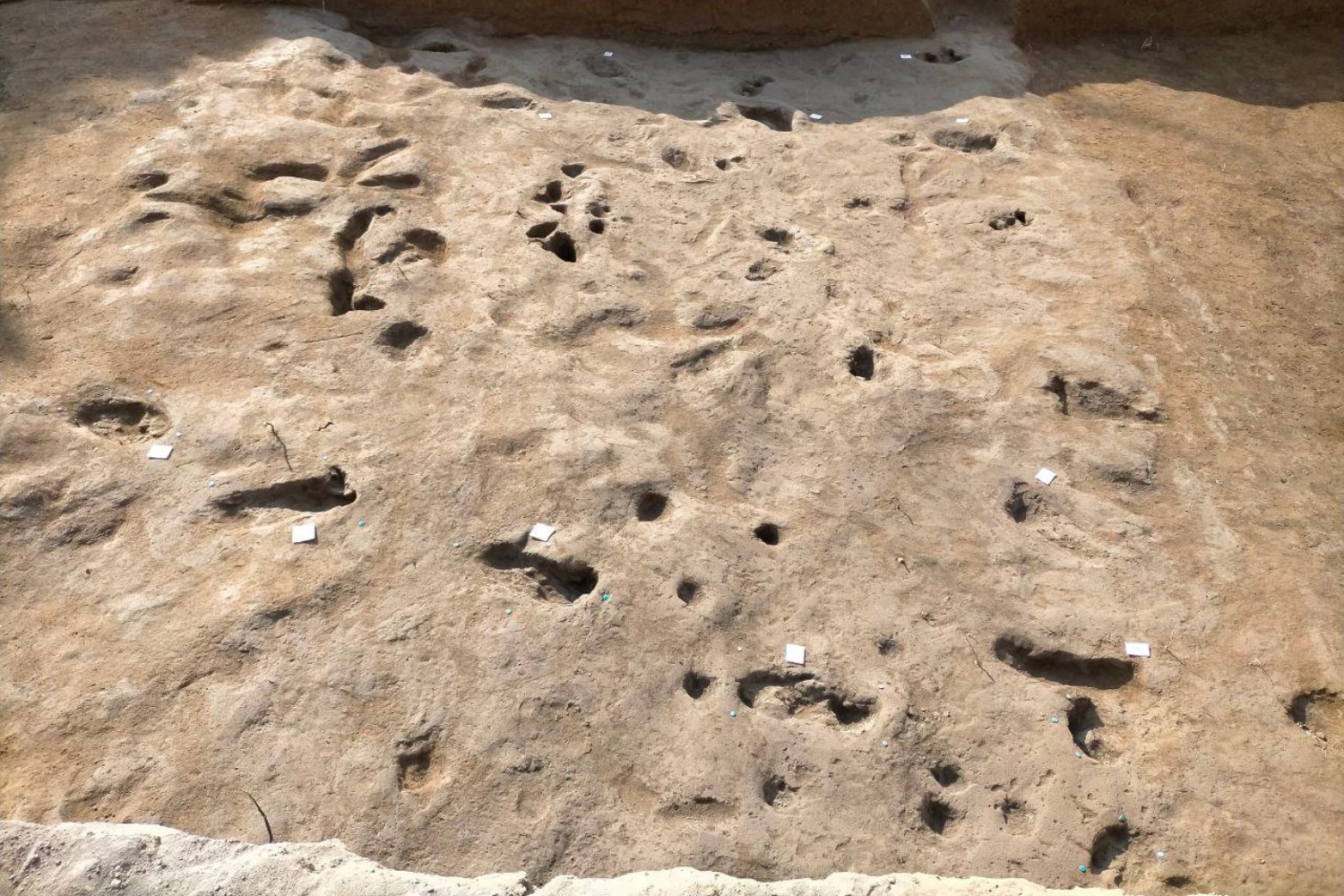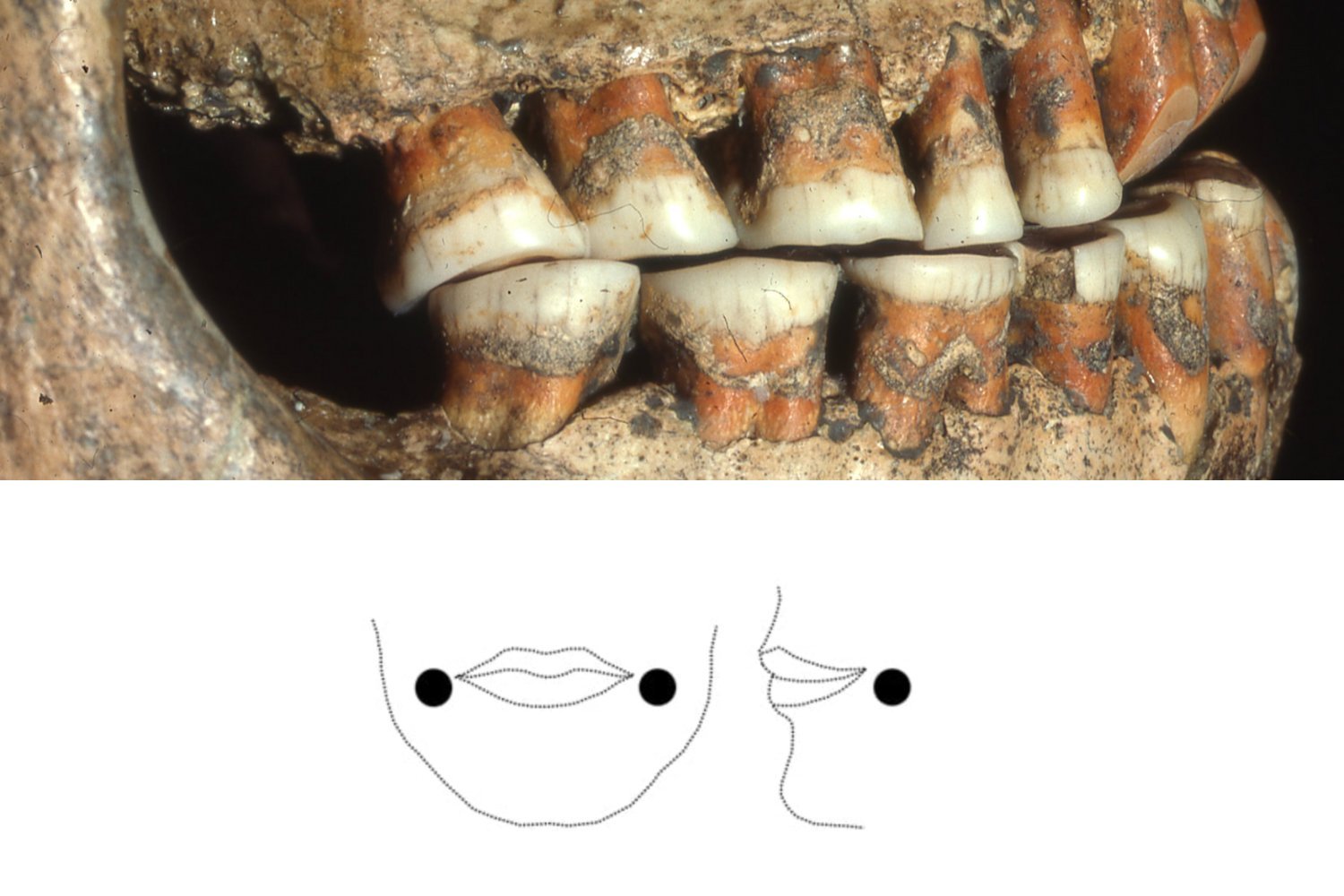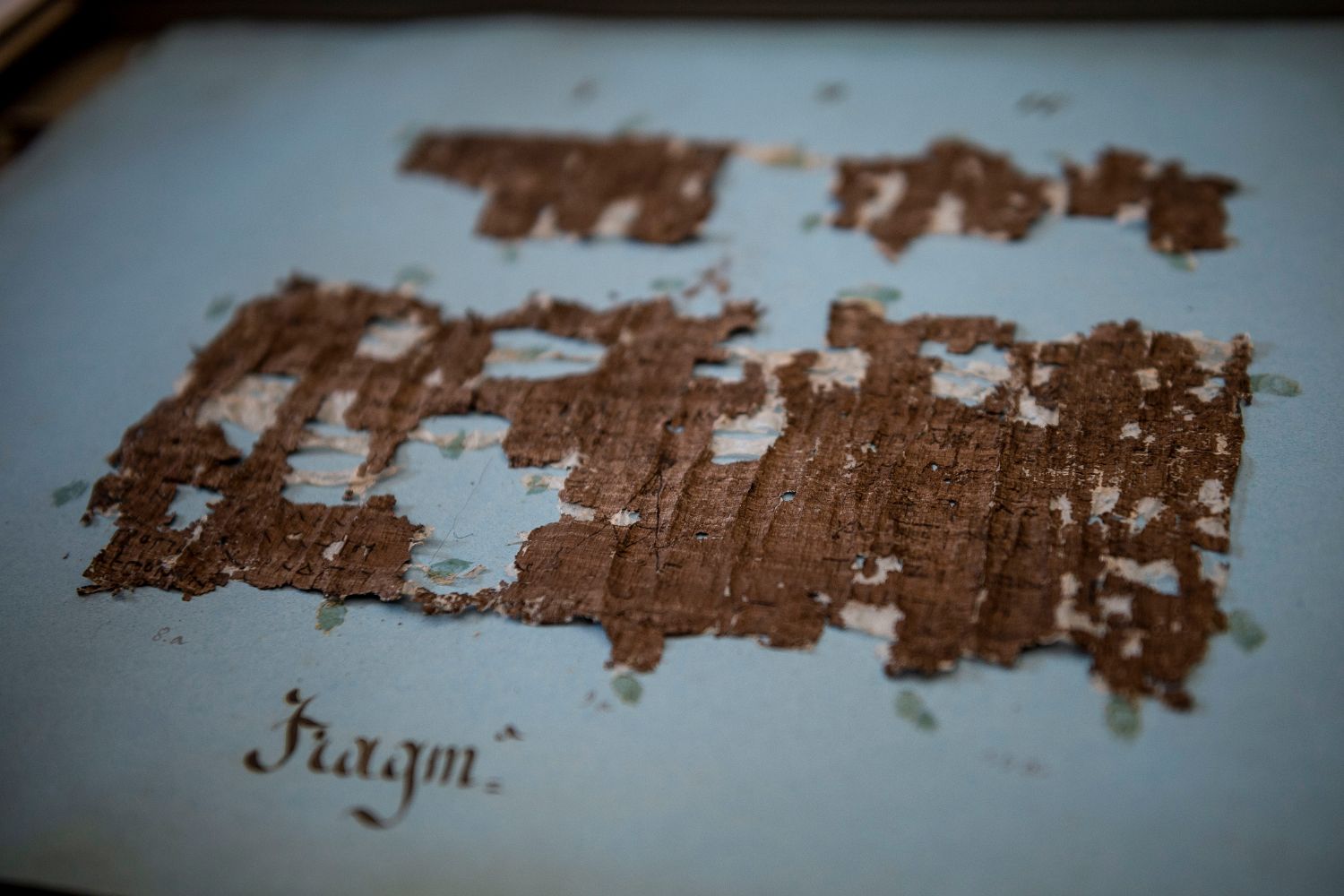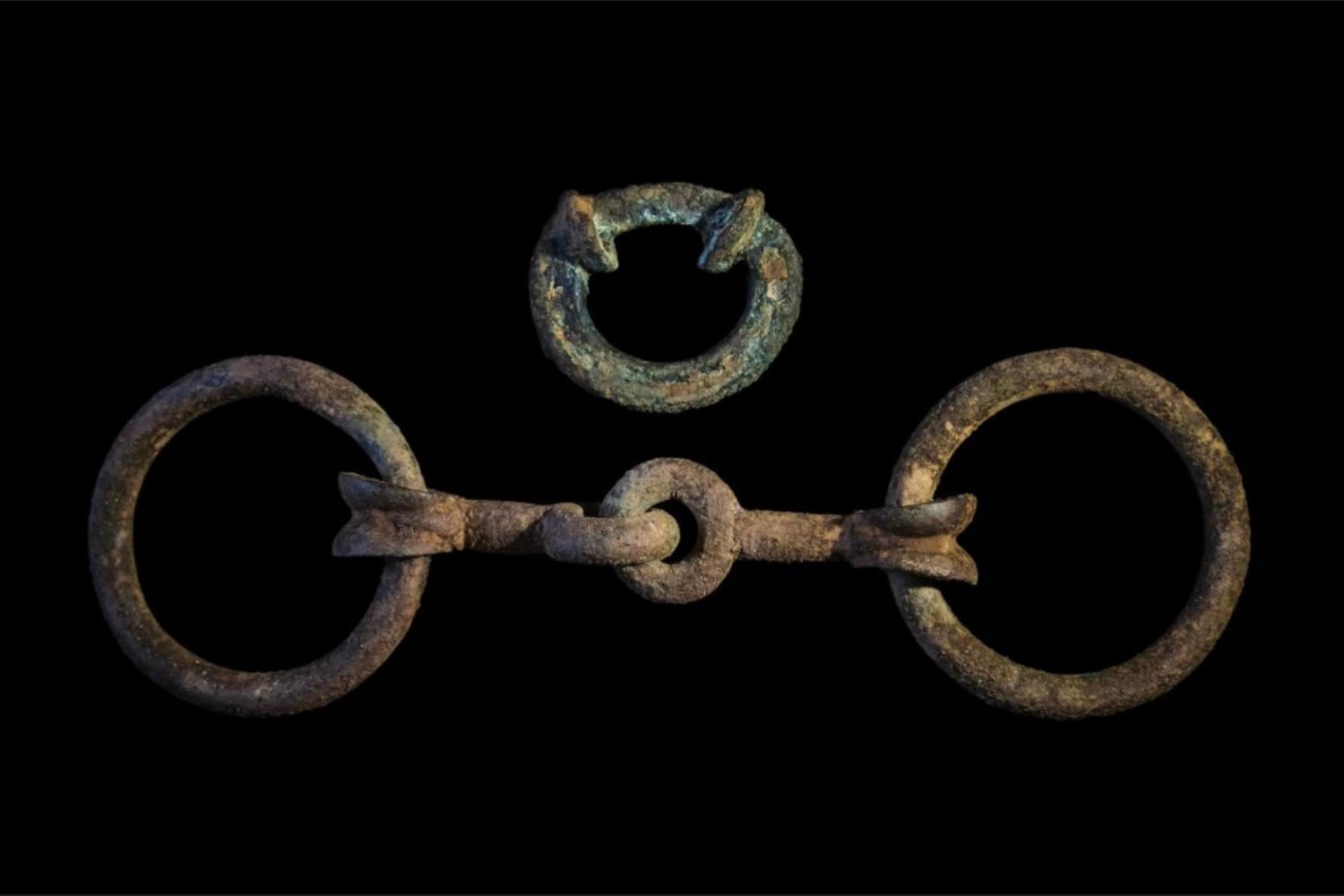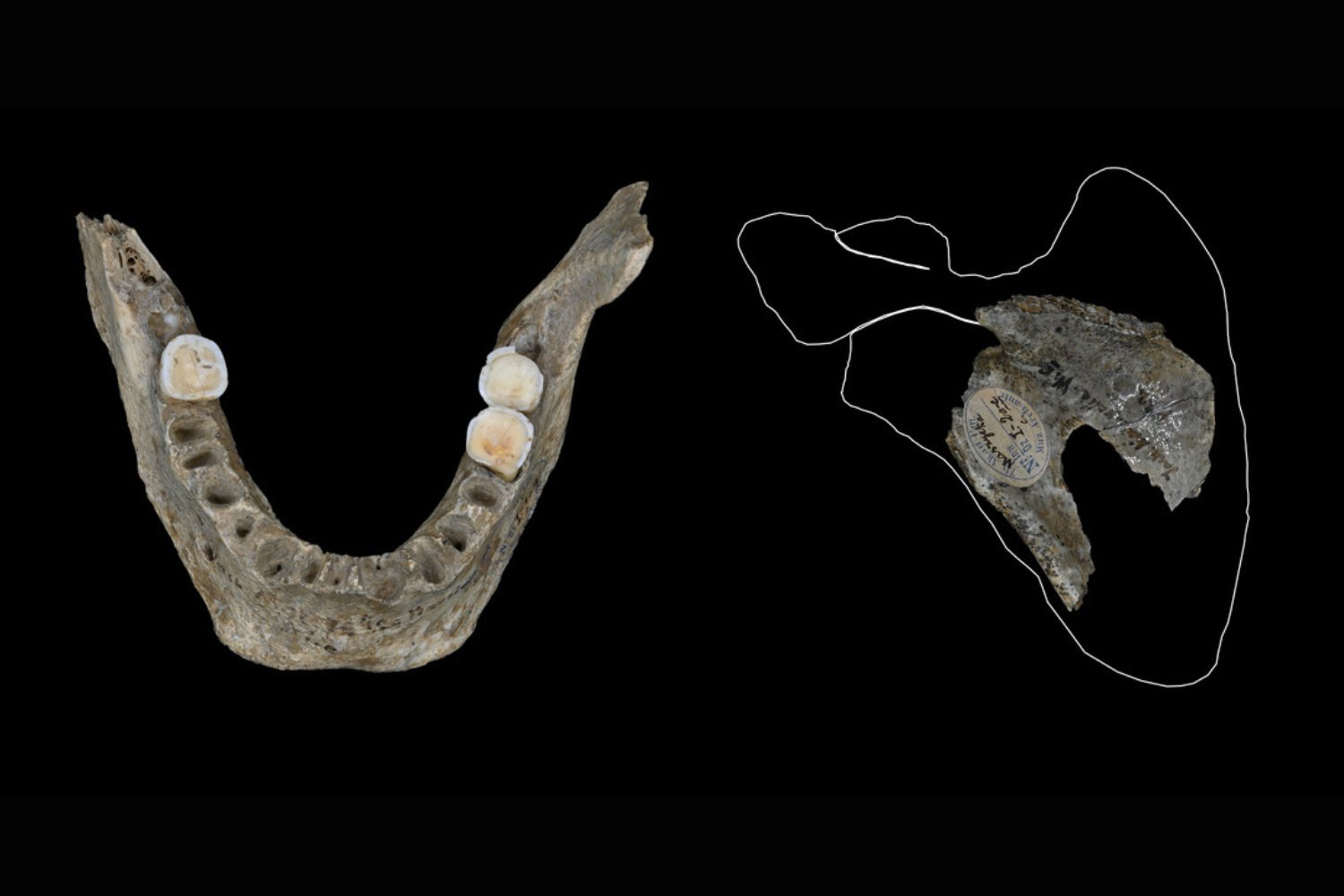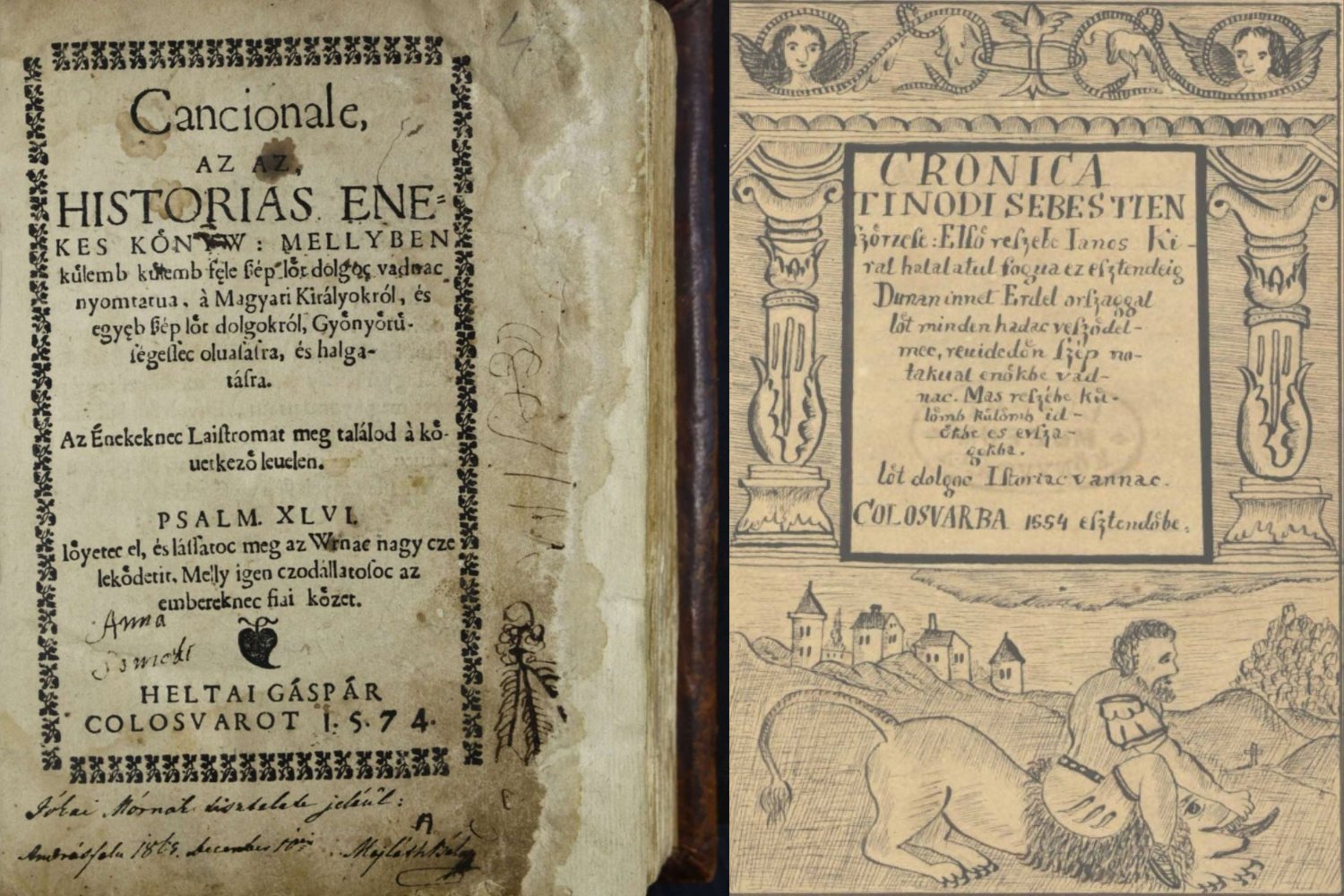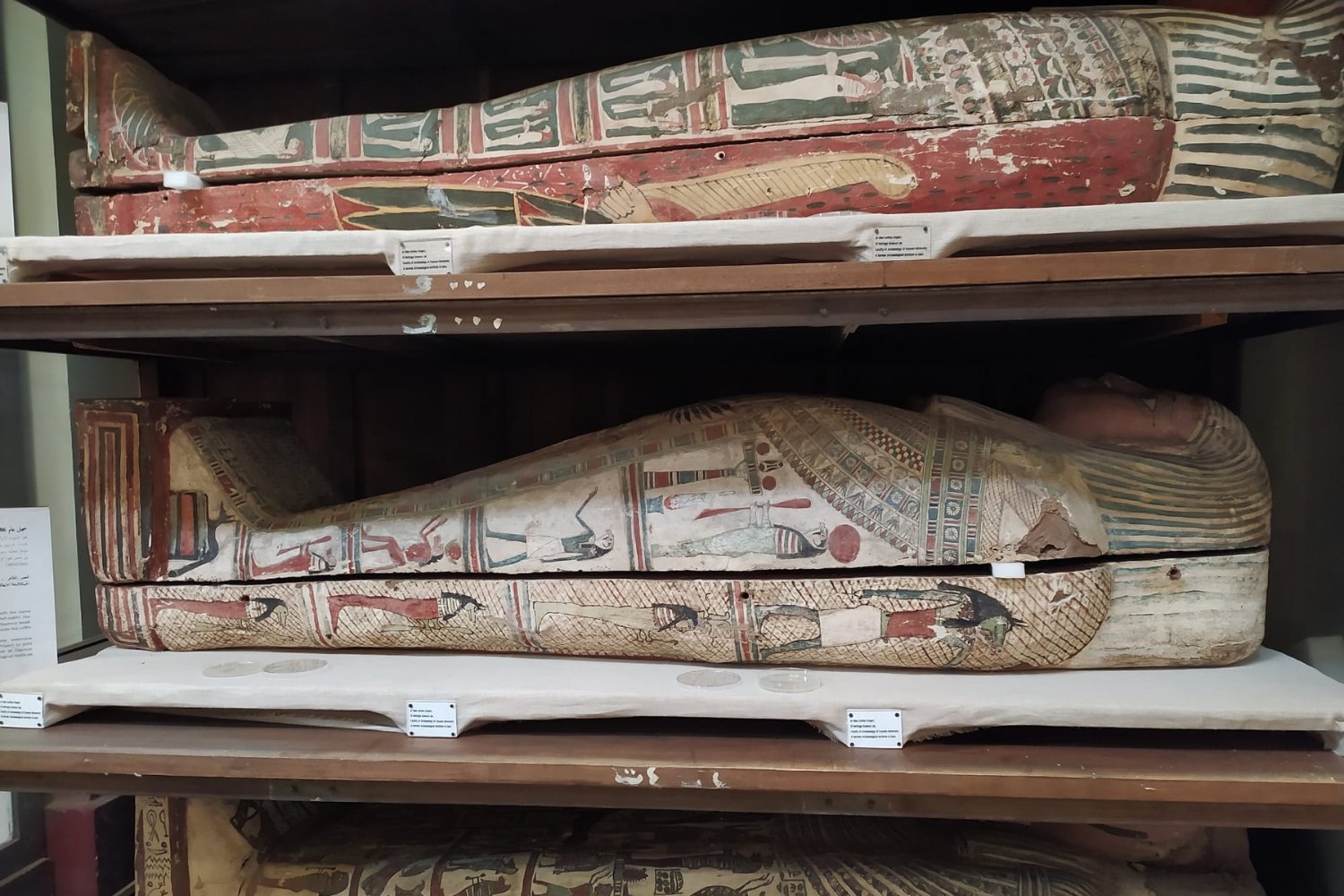A remarkable discovery in Germany has unveiled a miniature golden lock from the Roman era, potentially the first of its kind found in Europe. This intricate artifact, dating back 1,600 years, showcases the impressive craftsmanship of Roman locksmiths and offers a glimpse into life in the Roman provinces.
The tiny lock, measuring just 0.43 by 0.47 inches (1.1 by 1.2 centimeters), was unearthed by a metal detectorist in Westphalia, northwestern Germany, in 2023. Its size is smaller than a one-euro coin, yet its historical significance is immense. Georg Lunemann, director of the Westphalia-Lippe Regional Association (LWL), expressed his excitement about the find, emphasizing its high profile and the value it adds to the region’s archaeological heritage.
 Lock In Earth
Lock In Earth
A Unique Roman Artifact
Archaeologists at LWL identified the lock as originating from the third or fourth century CE, crafted in one of the Roman imperial provinces. Its design mirrors larger Roman locks of the period, featuring two cylindrical metal sheets held together by circular ends and rivets. The outer sheet boasts intricate carvings, further highlighting the skill involved in its creation. Though discovered without its key and chain, a single remaining chain link suggests it resembled a bike lock, possibly used to secure a small chest or box. The detectorist, Constantin Fried, described his astonishment at the discovery, noting the rarity of such a small and gold Roman lock.
Unlocking the Lock’s Secrets
The lock’s small size and dense gold composition posed a challenge for traditional X-ray analysis. Researchers turned to 3D neutron computed tomography (CT) to examine the internal mechanism. This advanced imaging technique revealed the intricate workings of the lock, including a spring, bolt, bolt guide (which was broken), key pin, base plate, and the remaining chain link. Despite some damage, likely caused by attempts to force it open or repair a blockage, the neutron CT scans provided valuable insights into the lock’s functionality.
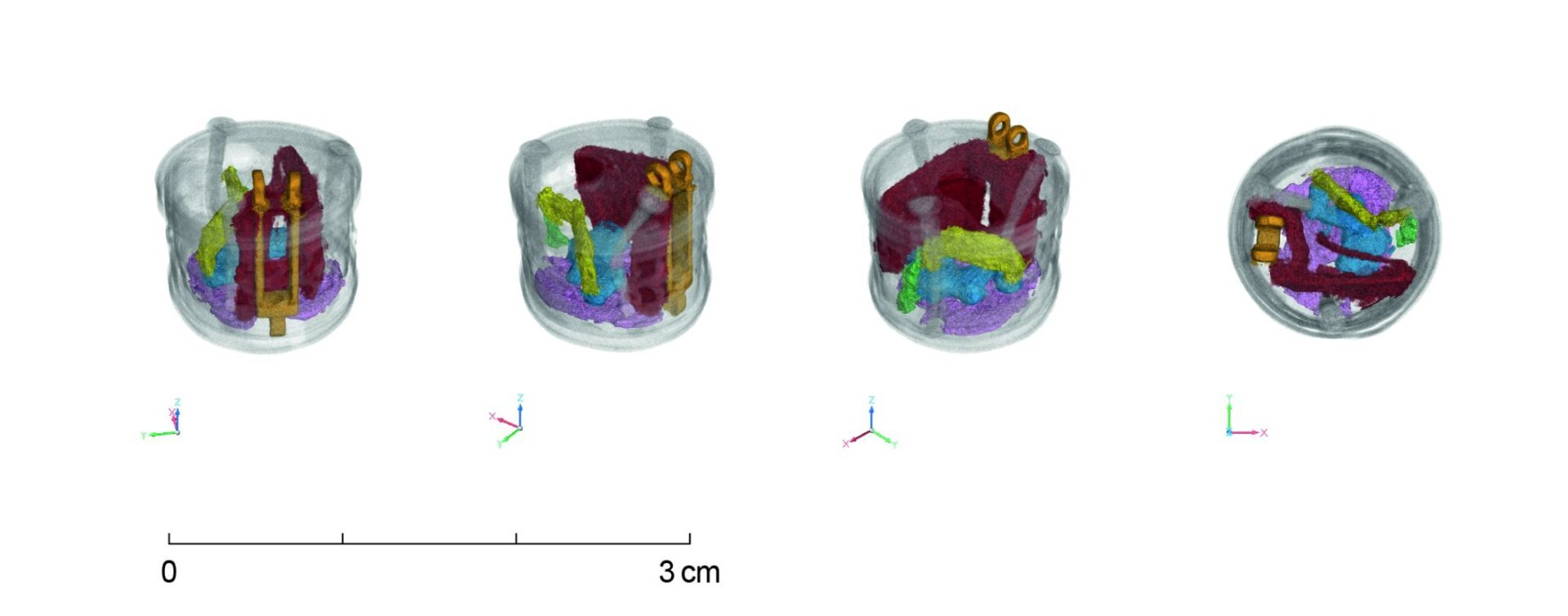 Locking Mechanism
Locking Mechanism
Reconstructing the Past
Based on the remaining chain link and the internal mechanism, researchers were able to reconstruct the lock, its chain, and key. A functional replica, four times larger than the original, was created by an LWL-Archaeology restorer. This replica demonstrates the advanced level of Roman metalworking and locksmithing in the provinces.
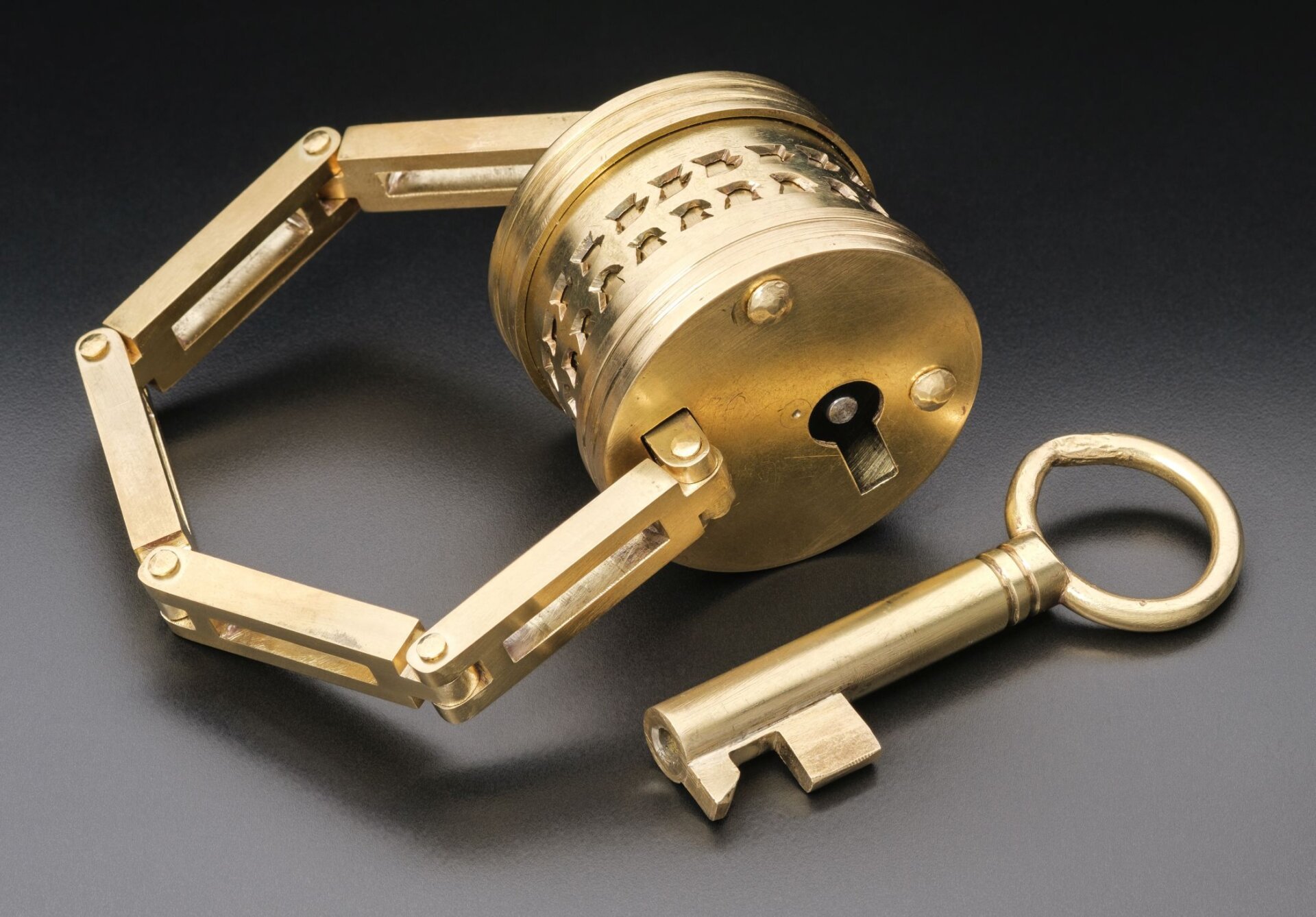 Lock Reconstruction
Lock Reconstruction
A Symbol of Status or a Practical Tool?
The lock’s presence in Westphalia raises questions about its origins. It may have been a souvenir or gift brought back by a local after Roman military service, a testament to the appreciation of fine craftsmanship even 1,600 years ago. Whether a unique piece or one of many yet to be discovered, this miniature gold lock provides a fascinating glimpse into Roman history and artistry. It also sparks speculation about its purpose – a functional lock, a piece of jewelry, or perhaps both, suggesting that our modern fascination with lock-themed accessories may have ancient roots.



